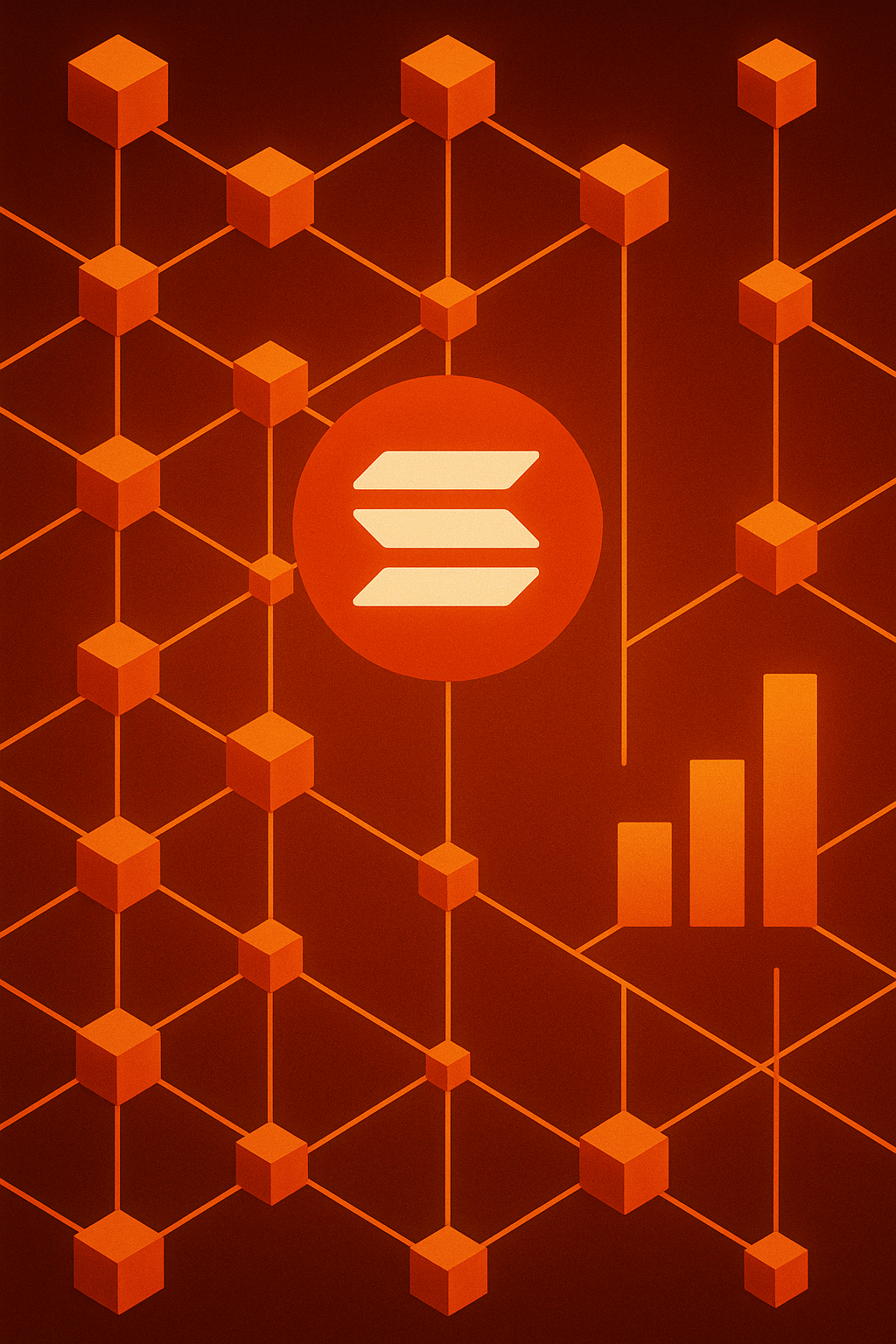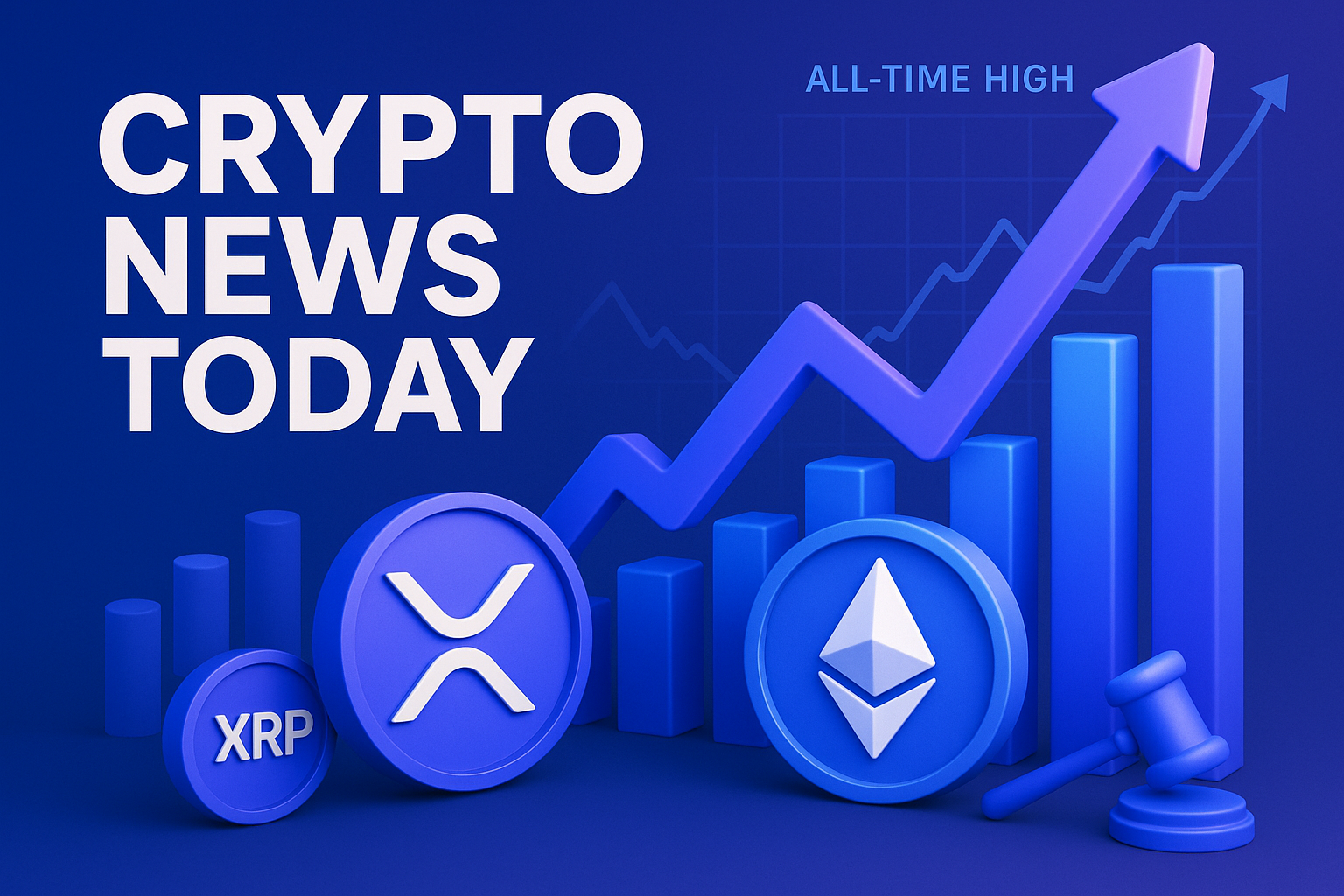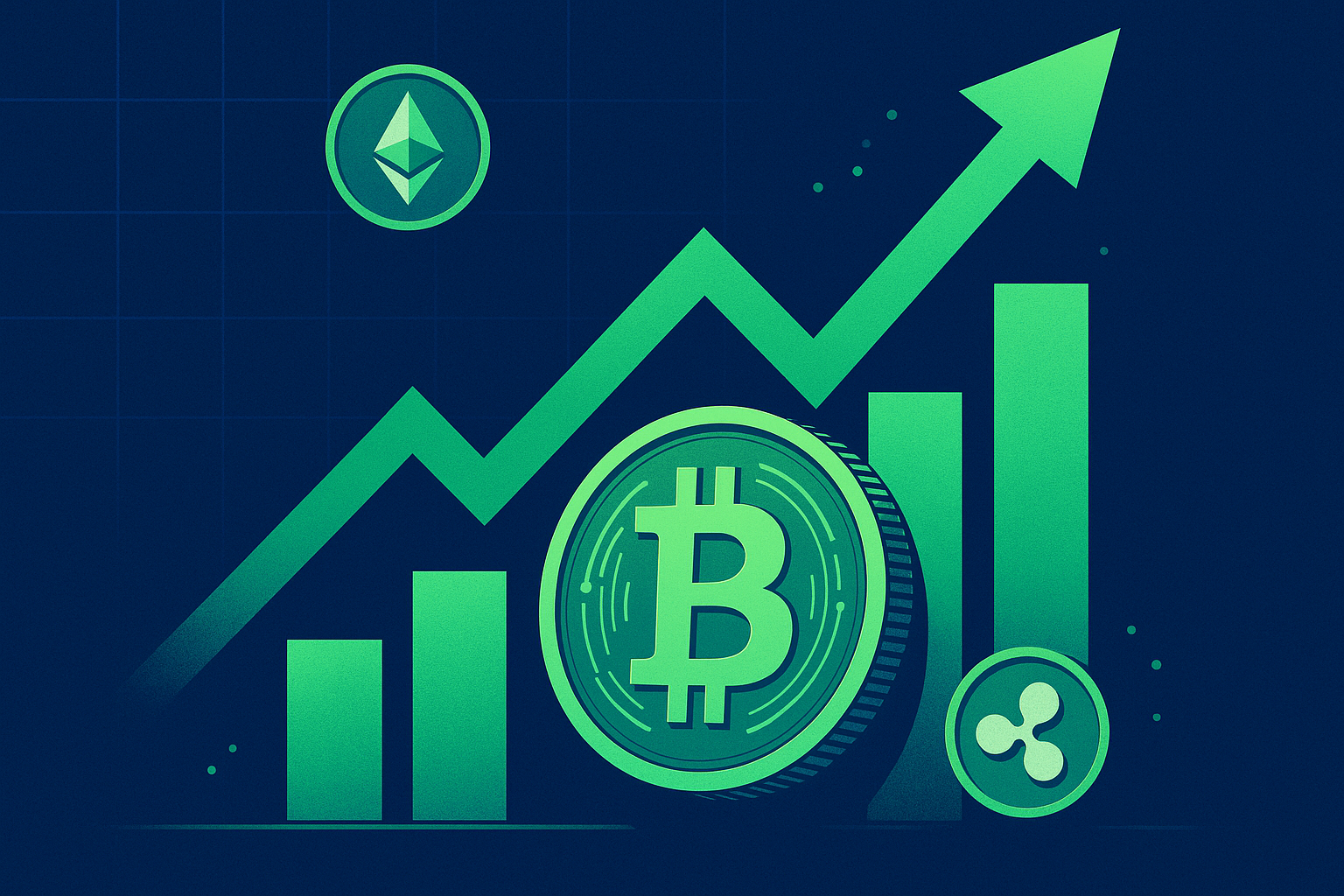While traders were sleeping, the Mad Lads Discord pinged a late-night alert: “floor jumped 20% in thirty minutes.” I rubbed my eyes, pulled up Solscan, and sure enough the floor price on that hyper-active Solana NFT shot from 40 to 48 SOL before most coffee pots had a chance to gurgle. That one screen grab sums up the new Solana vibe better than any whitepaper ever could—this chain is suddenly where the noise is. And the numbers agree.
Here's What Actually Happened
Over the last 90 days, Solana’s daily active addresses have averaged 1.2 million, according to Nansen. That’s up almost 4× from the post-FTX doldrums when the network was practically labeled a zombie. Even more eye-popping: DEX volumes on Raydium and Orca punched through $1.6 billion in a single 24-hour window during the April meme-coin frenzy—yes, more than the combined volumes of Polygon and Avalanche on that same day.
I’ve noticed a simple but powerful pattern: every time a spicy meme-coin ticker (think $BONK, $WEN, or the latest “dog-of-the-week” clone) jumps 5× in an hour, Telegram fills with brand-new wallets asking, “How do I bridge to SOL fast?” Like moths to a neon lamp.
From Punchline to On-Chain Playground
Let’s be blunt—2022 was brutal. Multiple halted block production episodes, the FTX rug, and Twitter jokes about “Solana’s 100% uptime… in marketing decks.” I personally rage-quit my Phantom wallet after the September 30, 2022 outage. Yet here we are. The chain processed an average of 4,000 TPS (transactions per second) during March 2024—an order of magnitude more than Ethereum’s mainnet peak. That raw throughput gives memecoin degens and NFT flippers exactly what they crave: immediacy.
The funny thing is, we’ve seen this movie before. Remember early 2021 on Binance Smart Chain when PancakeSwap fees were pennies and the CAKE farm APY banners looked like candy store signs? Solana is replaying that energy, but with a sleeker UX and way less MetaMask pop-up fatigue. In my experience, the second someone sees a 0.000005 SOL gas fee (roughly $0.0007 at today’s $140 price), they don’t go back to paying $15 for a failed ETH transaction.
The Meme-Coin Metrics No One Can Ignore
Kaiko’s latest liquidity dashboard surprised even the hardened quants: 44% of all sub-$50 million market-cap tokens listed in the last four weeks launched on Solana. Liquidity depth is still thin—about 3-5 bps worse than ERC-20 peers—but tight spreads aren’t the point here. It’s about speed of listing. Jupiter, Solana’s go-to aggregator, routinely integrates fresh tokens within hours. In contrast, Uniswap’s interface feels almost gated by comparison.
"Solana is the TikTok of blockchains—scroll, tap, new token, dopamine," a market-maker buddy messaged me last week. I rolled my eyes but screenshotted it anyway because he’s right.
A few hard numbers to stash in your back pocket next time someone claims Solana is “all hype”:
- Top 10 Solana memecoins clocked a combined $9.2 billion in spot trading volume in March 2024 (CoinGecko).
$BONKalone registered 390,000 unique holders—triple the holder count of$PEPEon Ethereum.- Average transaction fee: $0.0007. Average Ethereum L1 fee the same week: $4.92 (Etherscan gas tracker).
These aren’t vanity metrics; they’re user-acquisition rocket fuel.
Wait—What About the NFTs?
Even die-hard ETH maxis admitted in January that the MAD Lads mint “felt like the old Bored Ape days.” On-chain data backs that nostalgia. According to CryptoSlam, Solana NFT volume hit $365 million in Q1 2024, eclipsing its own 2023 annual total in just three months. The chain nabbed a 24% share of all NFT trades across major L1s, second only to Ethereum’s 52%.
The twist? These aren’t just profile pictures. Helium hotspot licenses, Render network credits, even tokenized concert tickets from Audius—they all ride the same Solana NFT standard now. I think that blurs the psychological line between “collectible” and “utility” in a way Ethereum hasn’t quite nailed after ERC-6551 proposals stalled.
Tangential thought: I keep seeing influencers compare Solana NFTs to Snapchat Lenses—cheap, disposable, but massively viral. Maybe the analogy sticks.
Key Players Stirring the Pot
It isn’t just speculators. Visa rolled out its USDC settlement pilot on Solana late last year (yes, Visa), citing block times sub-400 ms. Meanwhile, Shopify quietly green-lit Solana Pay for merchants selling under $100 SKUs—a cunning beachhead if you ask me. On the grassroots side, Backpack and its integrated exchange are grooming an “all-in-one” wallet model that might steal Coinbase Wallet’s lunch money.
And then there’s Anatoly Yakovenko, still doing marathon X Spaces explaining why Firedancer (Jump’s parallel validator client) will crank throughput >600k TPS. Do we need that kind of firepower today? Probably not. But having watched blockchains for six years, I’ve learned to never bet against redundancy—especially after Solana’s own outage tally hit double digits.
Why This Matters for Your Portfolio
Let me level with you: I’m not telling anyone to ape 50% of their stack into SOL at $140. The token is already up roughly 710% from its December 2022 low of $8.12. RSI looks toppy on the weekly. Yet if you manage portfolios for normie clients who keep asking about “the next Ethereum,” ignoring Solana might be a bigger risk than flirting with its volatility.
Correlation check: Over the past six months, SOL’s correlation to BTC sat at 0.52 while its correlation to ETH clocked 0.63 (Glassnode). That offers a hint of diversification, albeit with higher beta: SOL’s standard deviation is 2.1× ETH’s on a daily return basis. Translation: wilder swings, but they’re not perfectly in lockstep with your blue-chip bags.
Fees, UX, and ecosystem velocity are the triple engine. If Firedancer lands on mainnet by Q4 2024 (Jump’s stated goal), we could see validator count double from today’s 2,000 to 4,000, which should mute those centralization jabs. I’m cautiously optimistic—but emphasis on cautiously.
The Uncomfortable Unknowns
We still don’t know how Solana will handle a genuine stress test once Firedancer and parallelized EVM bridges bring real liquidity. We’ve heard the promises before. Plus, regulatory klaxons are blaring—Gary Gensler has yet to comment directly on SOL, but given the SEC’s “all tokens are fair game” stance, I treat every non-Bitcoin asset allocation with a regulatory haircut.
I’m also watching the elephant in the room: 60 million SOL still locked in FTX estate coffers. Any liquidation schedule will be a volatility grenade. Until that distribution is clearly mapped, leverage longs look reckless to me.
How I’m Playing It—For Now
Personally, I’m running a simple strategy: 70% of my Solana exposure is via staked SOL earning 6.8% APR on Marinade, 20% is parked in a BONK-USDC liquidity pool on Orca for the memes, and 10% is my “degen darts” budget for random Jupiter launches. That mix keeps me engaged without losing sleep (much).
Could the chain freeze again tomorrow? Of course. Could SOL race past its $260 November 2021 ATH this cycle? Absolutely. Both extremes feel equally plausible, and that, weirdly, is why I’m hooked.
Parting Thoughts I Can’t Shake
Every cycle needs its theater. Ethereum had ICO summer, Binance Smart Chain had the food-farm craze, and Solana just might own the meme-coin + micro-utility NFT chapter. The funny thing is, the crowd that mocked Solana for being “Sam-coin” now FOMO-mints dog tokens on it at 3 a.m. History has a wicked sense of humor.
I’ll leave you with this: The blockchain wars are no longer just about could your chain scale, but does your chain spark joy. Right now, Solana is Marie Kondo-ing retail wallets by the thousands. Whether that joy lasts is the multi-billion-dollar question—and honestly, I’m still chewing on the answer.



